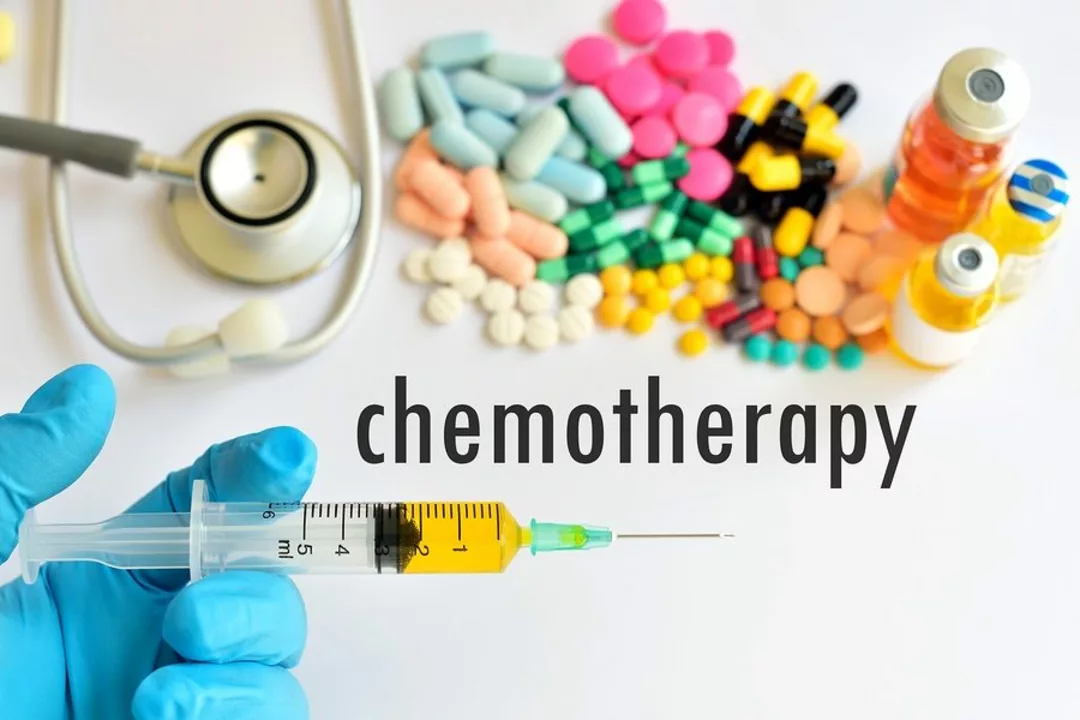Combination Therapy: What It Is and Why It Works
Combination therapy means using two or more medicines together to treat one condition. Doctors pick combos to hit a disease from different angles, lower the chance of resistance, or reduce side effects by using smaller doses of each drug. You’ve probably seen this with HIV, diabetes, high blood pressure, and cancer. The idea is simple: one drug may do part of the job well, but two or three together can do better.
Why doctors choose combination therapy
Different drugs can work on different targets. For example, a diabetes combo like sitagliptin/metformin helps both insulin response and glucose production. In infections, combining an antibiotic with a beta-lactamase inhibitor (like clavulanic acid) protects the antibiotic from resistance. In HIV, lamivudine and zidovudine are combined to reduce viral load faster and lower the risk that the virus becomes drug-resistant.
Combos can also let each drug be given at a lower dose, which may cut side effects. And sometimes one drug eases symptoms while another treats the cause — think short-term steroid plus long-term disease-modifying therapy.
Common benefits and risks — quick look
Benefits: improved effectiveness, reduced resistance, better symptom control, and potential for lower doses. Risks: more side effects overall, drug interactions, and more complex schedules that increase missed doses. That’s why doctors balance the gains against the risks and monitor patients closely.
Not all combos are safe without oversight. Some pairings increase bleeding risk, others affect heart rhythm, and a few can harm the liver or kidneys when used together. If you’re already taking multiple medicines, your pharmacist or doctor should check for interactions before a new drug is added.
Monitoring matters. Labs, blood pressure, ECGs, or symptom check-ins may be needed depending on the drugs. For example, people on antidepressant combos may need mood and side-effect checks, while those on blood pressure combos will need regular readings.
Adherence is another big piece. Taking multiple pills on strict schedules is easy to mess up. Use pill organizers, set phone reminders, or ask your provider if a single-pill combination exists. Single-pill combos (two active drugs in one tablet) can simplify life and improve outcomes.
Practical tips for patients: always tell your doctor about every medicine, supplement, and herbal product you use. Don’t switch brands or doses without talking to your provider. If you notice new symptoms after starting a combination, report them right away — some side effects show up quickly.
Buying meds online? Stick to reputable pharmacies that require a prescription and show clear contact info. Avoid sites offering regulated drugs without prescriptions — safety and authenticity matter.
Combination therapy is powerful when used the right way. Ask questions, keep close follow-up, and use simple tools to stay on track. That’s the best path to getting the benefits while keeping risks low.

Melphalan in Combination with Other Chemotherapy Agents: A Review of Clinical Trials
May 8 2023 / OncologyI recently came across several clinical trials that explored the use of Melphalan in combination with other chemotherapy agents. From what I gathered, this combination therapy has shown promising results in the treatment of various cancers, including multiple myeloma and ovarian cancer. The trials demonstrated that combining Melphalan with other agents could potentially improve treatment efficacy and overall patient outcomes. Additionally, these studies also highlighted the need for further research and optimization of treatment protocols. Overall, these findings shed light on the potential benefits of using Melphalan in combination therapy, and I'm excited to see how this area of research continues to develop.
VIEW MORE